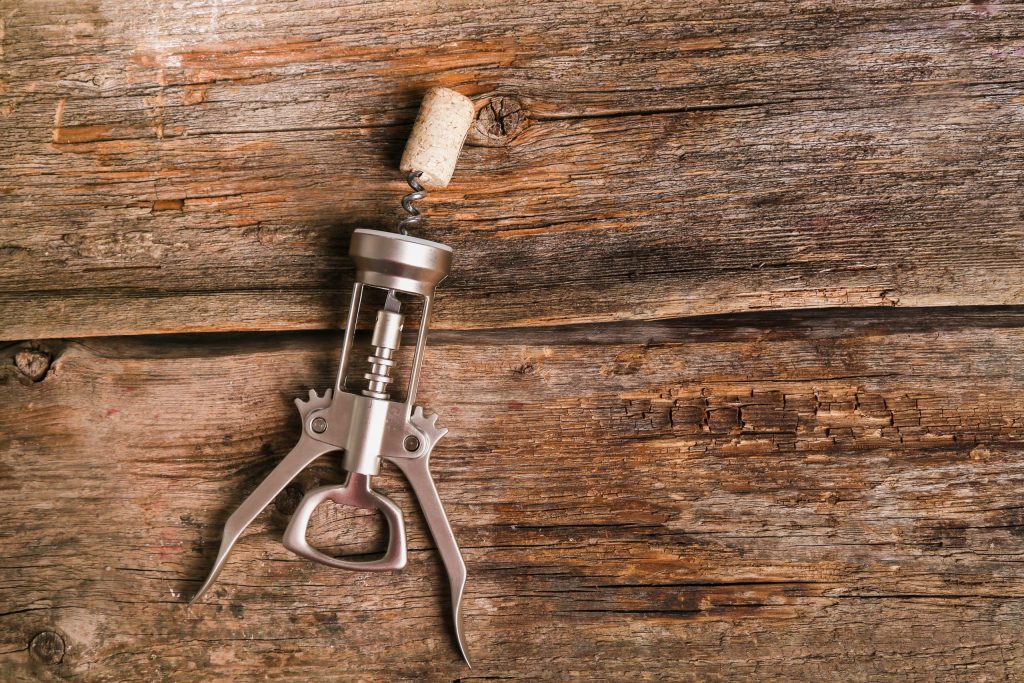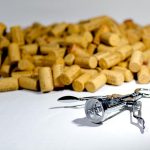These days, sustainability is at the forefront of producers’ and consumers’ minds. What they drink, and how its packaging may impact the world, are a big purchase decision driver. However, when it comes to fine wine and the perceptions of various closures, there is a divide, often between what is best for the planet and what closure type a person deems as ‘fine wine’ worthy. Journalist Samuel Squire explores these perceptions and their implications for screwcaps and cork closures to find out where the line is drawn.
Burgundy, Bordeaux, Barolo. All of these wines, and wines like them, from the Old World are almost always sealed up with a cork.
While the cork seal is often perceived as a link to a wine’s quality, or providing a satisfying ‘pop’ when a fresh bottle is opened, the actual link is to quality preservation and appropriate oxygen ingress to allow a wine to age properly.
In the 1990s, there was a substantial, and arguably exponential, increase in TCA-tainted wine being returned by consumers to wineries due to faulty corks.
When Australian producers started to notice these greater product returns, a solution was needed to ensure that brand reputation survived and that consumer-producer trust wasn’t broken.
For local producers, screwcap closures provided this solution, and for the past two decades, the Australian market has benefitted from this closure type due to its added sustainability potential, eco-friendliness and convenience.
However, some producers argue that the introduction and widespread popularity of screwcaps has actually benefitted the development of new cork technology.
Mike Hayes, chief winemaker at Sirromet Wines in Queensland, is currently in the process of transitioning back to using cork after having solely used screwcaps.
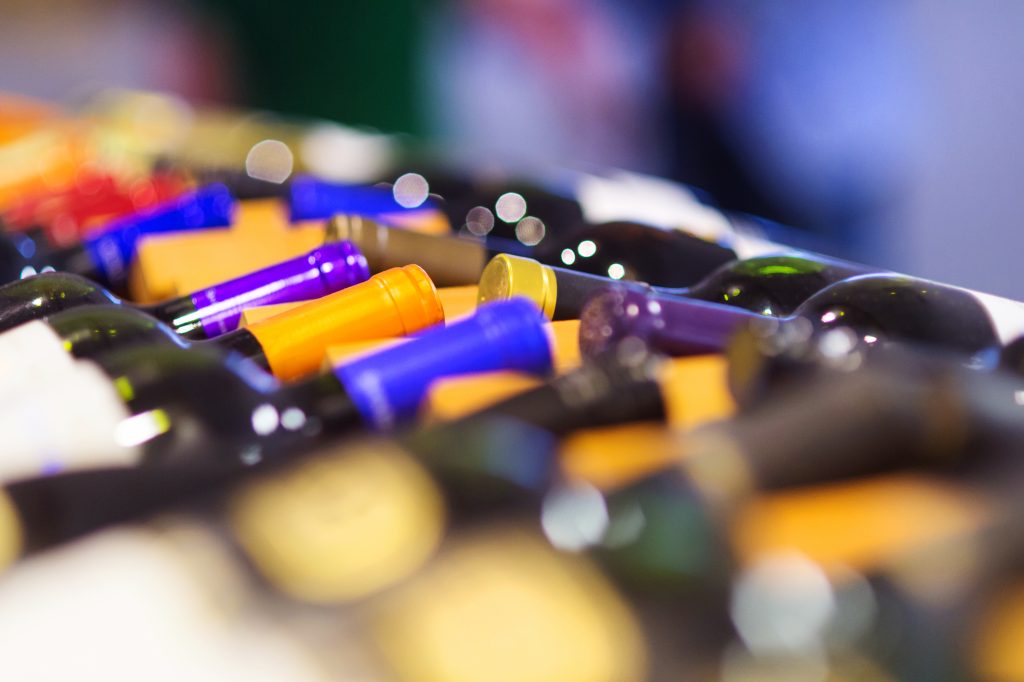
Hayes had been part of the original movement of wine producers that switched to screwcaps after their wines were becoming spoilt due to faulty corks, which he says had come from overseas suppliers.
Markets and perceptions
While Australian consumers have generally become accustomed to wine products sealed by screwcaps, those in most other markets internationally have stubbornly resisted their uptake, leaning toward a preference for corks.
The reasons behind this preference, whether related to perceptions of a wine’s quality or a simple deference to tradition, have informed debate amongst Australian producers when deciding which closure type to use.
One such market with said preference to cork-sealed wine is, of course, China. Although opportunities for Australian exporters to China have been dealt a considerable setback, many producers, including Sirromet, had previously sealed their wines with cork in order to ensure greater sales in the Chinese market.
As Hayes puts it, using screwcaps in any market that’s more accustomed to cork may not be the best decision.
However, with the news of the interim tariffs being placed on Australian wine for the next five years, that market is shut off.
The question that should be asked next is, what becomes of the cork sealed wine that was destined for the Chinese market?
Hayes, like many producers, is now seeking opportunities in other Asian markets, including exporting more to Japan, Vietnam and South Korea.
“The reason we’re currently shifting back to cork-sealed wines was for the Chinese and other Asian markets,” he said.
“I think there’s also the element of the expectation of cork, especially when you’re paying huge money – I’m talking $200, $300 or $400 for a bottle of wine.
“We are also seeing a lot of interest from markets like Japan, Korea, Vietnam, the Philippines and Scandinavia. These are all places which typically expect to see wine closed with cork – they still see the screwcap as inferior.”
Another concern for Hayes regarding the use of screwcaps is related to some of the quality anomalies he is noticing in the wines sealed with them.
“I’ve noticed some propensity for H₂S (hydrogen sulphide) contamination to form in the bottle, particularly as the wine ages,” he revealed. “It may be due to how they allow the wine to age – they don’t allow for the same breathing effects that corks do”.
While Hayes’ wines that had originally been destined for the Chinese market are now en route elsewhere, there have been reports that other producers have had their shipments blocked upon arrival into China, with some suggesting that reclaiming their goods at ports of entry had become a difficult process.
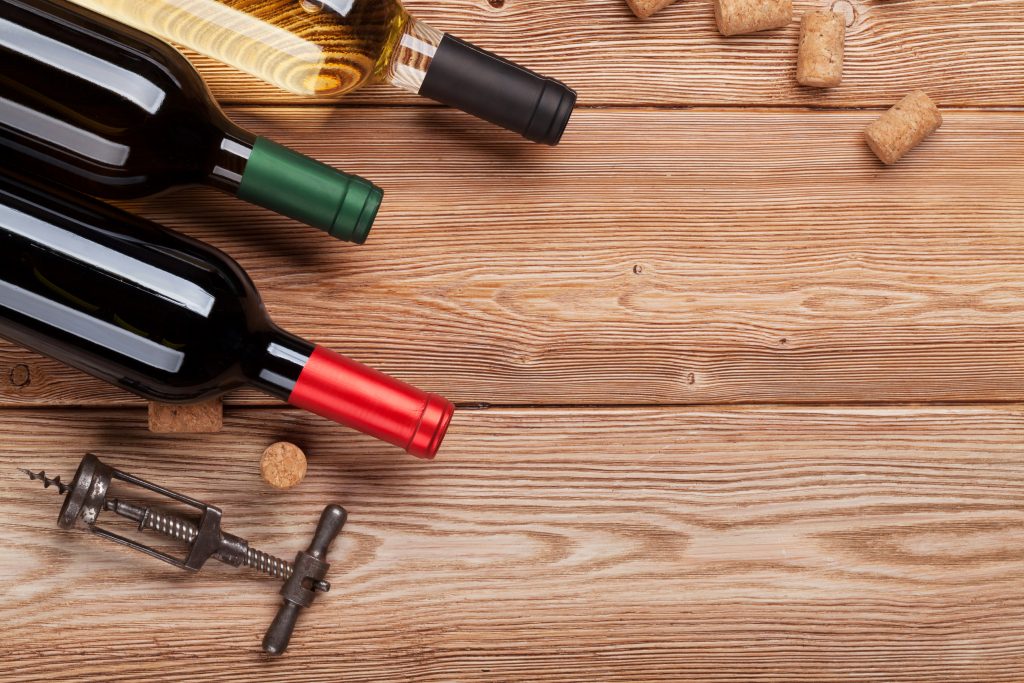
“We’re looking at other markets nearer our own doorstep now, and in particular, the Vietnam market looks strong,” Hayes said.
A new competitor, a new challenge
In 2006, Hayes’ production saw the steady introduction and adoption of screwcaps. It sat at about 90 per cent cork and 10% screwcap, but in as little as a year, that figure had jumped to a 50/50 split in 2007, and by 2008, it jumped to 100% screwcap.
“The quality of corks coming to Australia from places in Europe in the early 2000s was lacking – it was like we were getting fourth or fifth grade corks,” he said.
“We went over to screwcap because what used to happen in the 1980s was that we would typically see one in 1500 bottles come back to us with cork taint, but by the 2000s, that jumped to roughly one in 200 bottles”.
Long-time supporter of the theoretical application of screwcaps, wine commentator and writer Robert Joseph, says that although he would personally prefer to leave a fine wine “in a cellar to be sealed with screwcap than a natural cork”, he understands why “the majority of wine consumers outside of Australia and New Zealand would still rather use a corkscrew”.
Joseph says that, since screwcaps were first introduced, the quality of corks being made has improved, likely due to the competitive challenge of screwcaps for market presence along with the benefit of having eliminated TCA taint.
He argues that the quality of natural corks coming to Australia was an issue that European producers were unaware of.
“Corks faced competition from improving synthetics and Diam, both of which – like screwcaps –addressed the issue of oxygen ingress as well as TCA taint,” he said.
“We had a huge TCA problem in the late 1990s. This was highlighted in the New World because of the focus on ‘fruit’ flavours and a lack of faults among winemakers.
“It is arguable whether New World wineries got worse corks than Europe, but they tested each batch which even top Europeans didn’t. Most Europeans were genuinely unaware of the problem.”
Joseph says the introduction of screwcap closures seems to have been an ‘interim solution’ to the problem of TCA from natural corks, which has been resolved through synthetics.
“Synthetics provided a solution other than screwcaps, and were widely adopted in the US,” he said. “Australia and New Zealand leaped onto Stelvin (screwcap) because of Australia’s history of using them in the 1980s, and the way those wines tasted 20 years later.
“So yes, it was a quick fix that was quickly adopted in the Australian and New Zealand market because of the size of those countries.”
Joseph argues that a wine industry in relatively few hands and with a relatively small number of opinion formers were among the factors behind screwcaps being adopted in the Antipodes, including for New Zealand Sauvignon Blanc, which he says “helped acceptance in the UK”.
However, he says that “no one ever stopped to consider how far screwcaps had penetrated beyond mid-to-low price Australian/New Zealand wines, plus a few whites from Germany and Austria, in the UK”.
“Australians and New Zealanders, apart from the clever Aussies who packaged their exports under cork, believed their own press and kept imagining that the rest of the world would eventually see things their way,” he said.
“When a $25 red is the only one on the shelf with a screwcap, it’s like the only wedding guest in jeans. It doesn’t make everyone else want to run off to change into their Levis.”
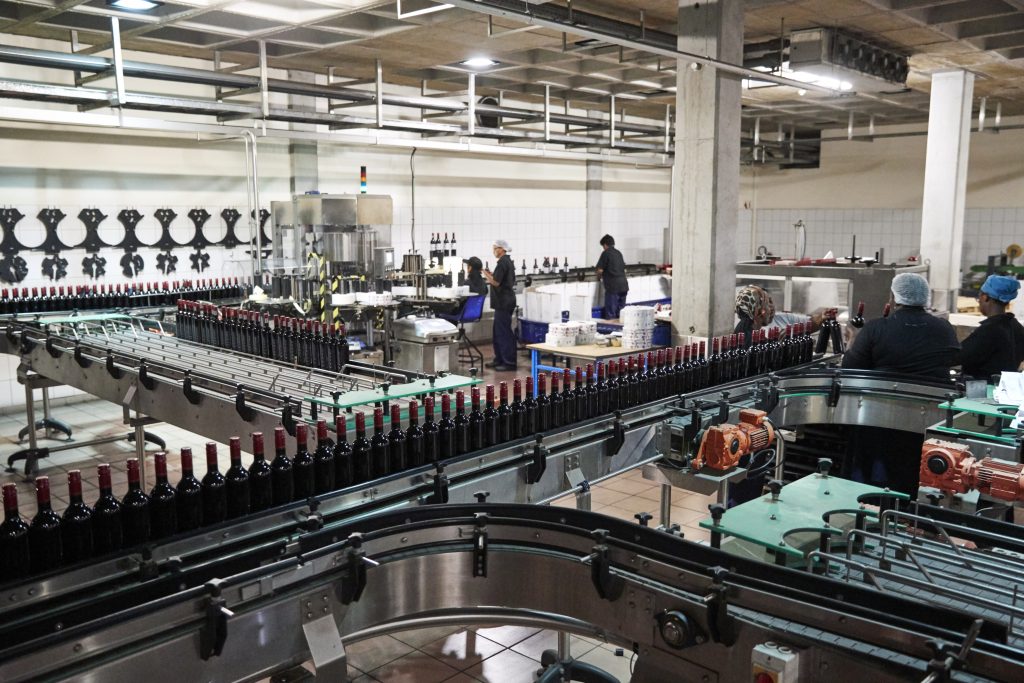
Shelf presence
With TCA taint, or the risk thereof, of natural corks, which Joseph said can be as high as five percent “if you include low taint levels and the high incidences of random oxidation in wine, technically screwcaps work, but so too do synthetic corks”.
“But when it comes to consumer perception, I struggle to see any advantages in screwcap unless one is hand-selling New Zealand wines or possibly a German/Austrian wine looking to make a point of being different,” he said.
He says that cork closures represent trust in a wine and its quality of life potential, and that cork is rather unknowingly seen as the default closure for fine wine.
“Most people still associate the French and Italians with style and the Germans with efficiency. So, [the analogy here is] ‘do I buy the ‘Made in Italy’ suit or the ‘Made in Australia’ one?’ Do I trust the German washing machine?” he said.
“Australians and New Zealanders are used to buying a $25 wine under screwcap, so they trust it. But very, very few people outside of those countries have that experience.
“When anyone on London, New York, Paris or Hong Kong buys a serious bottle of Barolo, Brunello, Bordeaux, Burgundy (I could go on), it doesn’t come with a screwcap because outside of Australia and New Zealand, cheaper wines are what screwcaps are used for.
“Let’s put it this way, the majority of people that drink wine don’t read wine columns or magazines, and therefore would have no indication that the same closure used for bottled water and Coca Cola is also appropriate for fine wine.
“Cork is the default closure for wine, it’s used in all classic [Old World] wine regions.”
Of interest to note, Joseph says that while younger consumers “are more open to alternative packaging, and certainly the first to adopt cans, I wouldn’t bet the farm on them embracing screwcap en masse”.
“Screwcaps fare badly on the sustainability count compared with biodegradable corks and alternatives. The natural wines favoured by younger demographics are not all being sealed with screwcaps, at least not outside Australia and New Zealand.”
Photos sourced from Envato Elements
This article was originally published in the June 2021 issue of the Australian & New Zealand Grapegrower & Winemaker. To find out more about our monthly magazine, or to subscribe, click here!
Are you a Daily Wine News subscriber? If not, click here to join our mailing list. It’s free!
